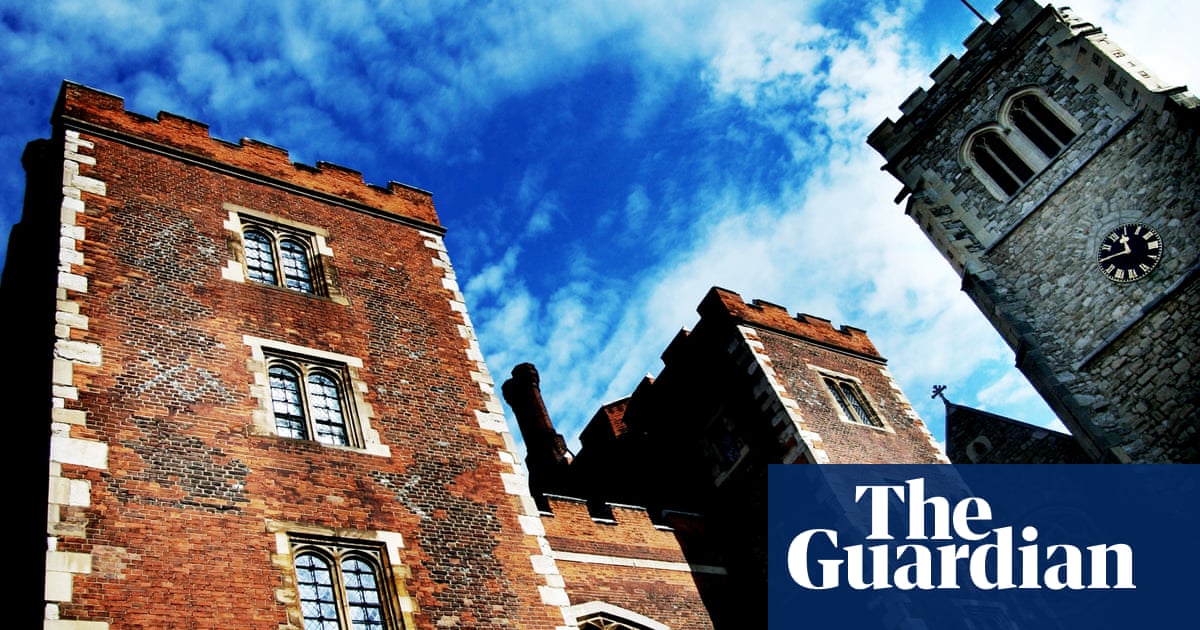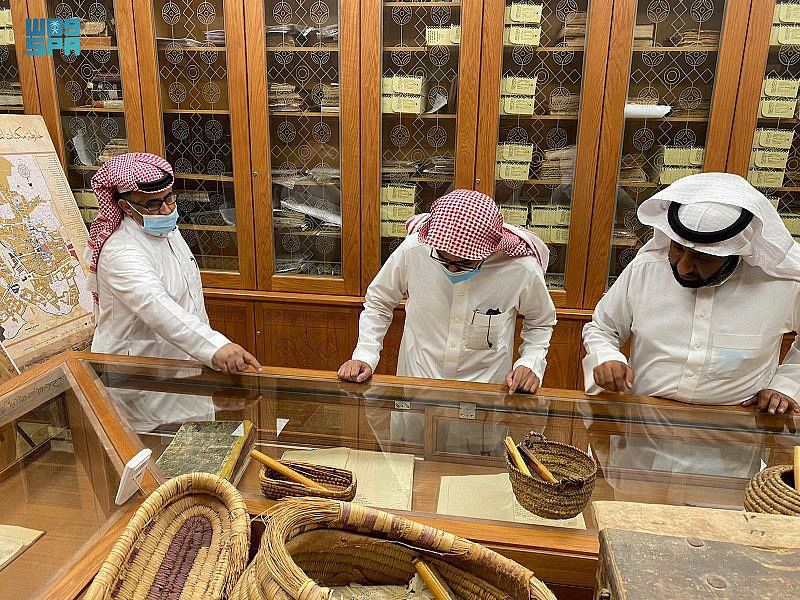
Almost a third of stately homes owned by the National Trust have links to slavery or colonialism, a report is expected to announce next month, as the heritage charity announced plans to keep most controversial objects on its sites to avoid “shutting down debate”.
It is unclear which pieces of art displaying racist undertones are to be removed from National Trust properties following the report into its collection’s imperial past, but Dyrham Park in Bristol is to place a critical poem in front of a pair of 17th-century sculptures of African men kneeling in chains.
A statue of a black man at Dunham Massey, in Greater Manchester, has been removed, but the trust has said it would return once it has been decided how to display it in the appropriate context.
It is estimated that from the late 1600s to the early 1900s, one-sixth of Britain’s country houses were purchased by merchants whose fortunes depended on colonial trade, which was conducted on vastly unequal terms.
“Slavery has been woven into the fabric of British and global history for thousands of years,” the National Trust has said. “For 400 years, white British people, companies and organisations gained huge amounts of wealth through the appalling exploitation of enslaved people as part of the slave trade.”
The Trust said it is working to bring out painful and challenging histories attached to its properties and collections through interpretation and exploration, including by working with Colonial Countryside, a youth-led history and creative writing project run by the University of Leicester between 60 primary schools, which is highlighting neglected histories.
“In a crucial way, Colonial Countryside is filling a gap of the history which we have deliberately not been taught,” historian Raj Pal told the BBC.
“We have a myth of ‘Britannia rules the waves’ and making Britain ‘Great’, but we don’t want to address the fact that Britannia ruling the waves is to do with the slave trade, colonialism, empire and massacre, as well as trade in tobacco, sugar and salt,” he said.
The National Trust carried out a listening exercise with members, visitors and supporters in June, following a year-long survey of its 300 historic homes for links to slavery or colonialism, to be published in September. A working group will make recommendations on how to address the history.
“Some objects in National Trust collections depict black people in ways that stereotype them or that objectify black bodies,” the Trust said.
“Some cause offence and distress. Objects such as the West Indian slave collar owned by Charles Paget Wade are stark and distressing reminders of the violent oppression faced by black enslaved people.
“Slavery is a subject that needs handling with the utmost care and sensitivity. We aim to work with and learn from partners and communities so we can redisplay and interpret these items well, outside their previous contexts of decorative art or triumphal display.”
Tarnya Cooper, collections director for the National Trust, told the Times: “I very much hope that we can interpret these objects effectively and, for the most part, they stay in situ. If we marginalise these histories and we take things away and we don’t have the confidence to talk about them, then that shuts down debate.”












